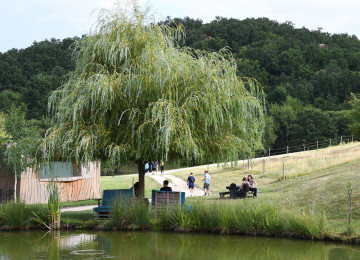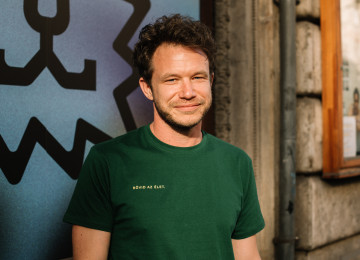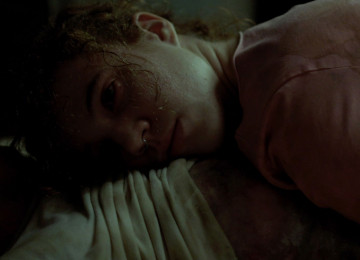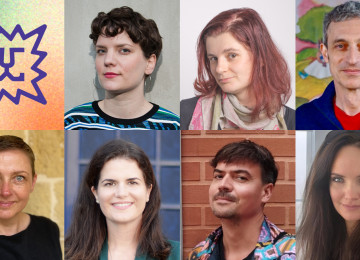I visited the camp where a mix of narrative shorts, documentaries, and an animation are being made. As Friss Hús serves annually as a springboard for talented filmmakers, it was particularly exciting to see how the sausage is made and explore how six films can be completed in just ten days.
It was an incredible experience: few things beat escaping reality and diving deep into the beauty, challenges, and cathartic moments of creativity, teamwork, communication, and organization that filmmaking brings.
"Camp films"—those made during an intensive camp—are becoming increasingly prominent, with several even featuring in the Friss Hús competition. Making a short film today ain't easy, but as a unique extreme sport, it demands concentrated effort that can ignite creativity and accelerate learning.
Just one full day spent with the teams was enough to ignite my enthusiasm, dissolve my summer burnout, and make me eagerly anticipate seeing the finished films.
Having been invited there, I contributed a few tips to help bring these films to life—and in that spirit, here are some thoughts to guide anyone starting a short film project. These “auxiliary verbs” can lead you through the beautiful—and often torturous—process of making a film.
- Idea (want): The first idea isn’t always the best. Often, it’s the later ones that truly work. Toss in as many ideas with your collaborators as you can, and discuss them from every angle. Share them with friends, professionals, and even complete strangers. Watch their reactions. If their eyes light up, or they ask questions—that’s a great sign. And remember: short films are bold and free-form. Feel free to break the rules.
- Mini-pitch (dare): Once you have a foundation, create a short presentation for yourselves. Ask:
- What is the film about?
- Who is it for?
- How will it look?
- Why you?
- What do you have, and what do you still need?
This helps organize your thoughts and is invaluable when pitching or applying. Test it: gather a mini-audience and interview them, as you did when selecting your ideas.
- Story & Character Development (need): Whole books are written on this, but here are some essentials. Make sure you know the beginning and end; the middle will evolve. Start broad, then go specific. Early on, focus less on dialogue and more on the characters. Understand them deeply—their motivations and backgrounds—and try to link them to real people. Ask yourself: what would they do in a given situation? Don’t think in abstractions—imagine what will actually appear on screen.
- Kill your darlings (must): In a short film, there’s no room for everything. If a scene, character, or motif doesn’t advance the story or support your artistic vision, cut it. Be ruthless. It’s easier (and less painful) to do on paper than in the editing room. Less is truly more—though it’s often painful to let go.
- Love your darlings (love): You’ll encounter lots of opinions. Listen closely, consider them—but stay true to your film’s essence. This is your film and it's about your guts. Filmmaking is the art of oscillating between stubbornness and open-minded compromise.
The camp experience reaffirmed: short films are wonderful. With the right idea, determination, and team, you can make one even on a shoestring budget. Like a good dish, making—and enjoying—it is pleasurable, even when it’s slightly burnt or over-seasoned. (Side note: better over than under—once a film is made, you can't spice it up.)
Shooting a short film under extreme conditions is like a cooking competition: limited ingredients, tight time, big hopes, and bouts of panic—but when done right, you can cook up something special and in the end, a film emerges that you can truly be proud of.




